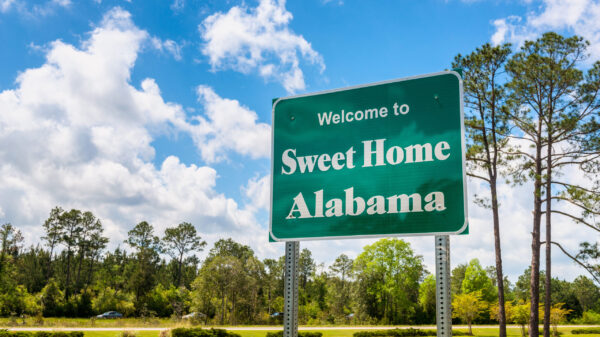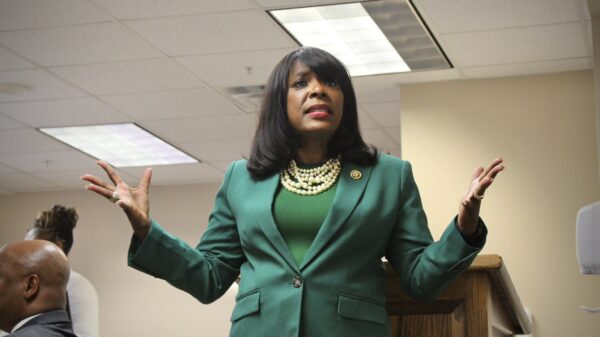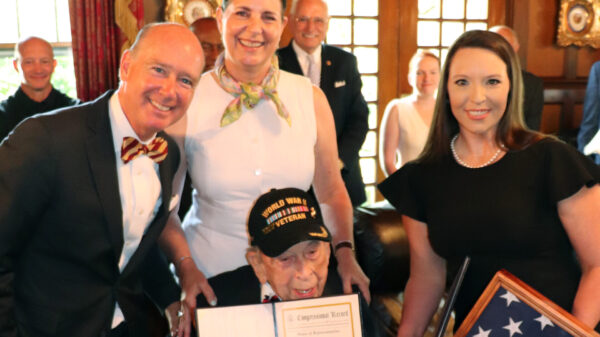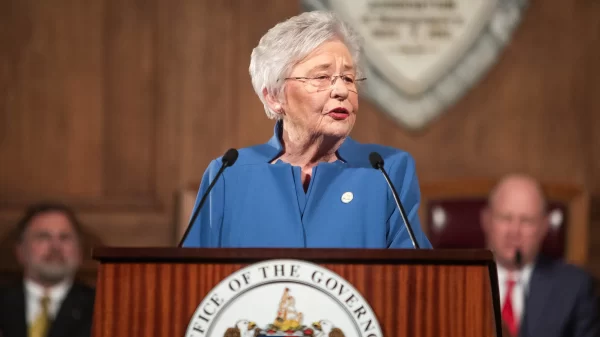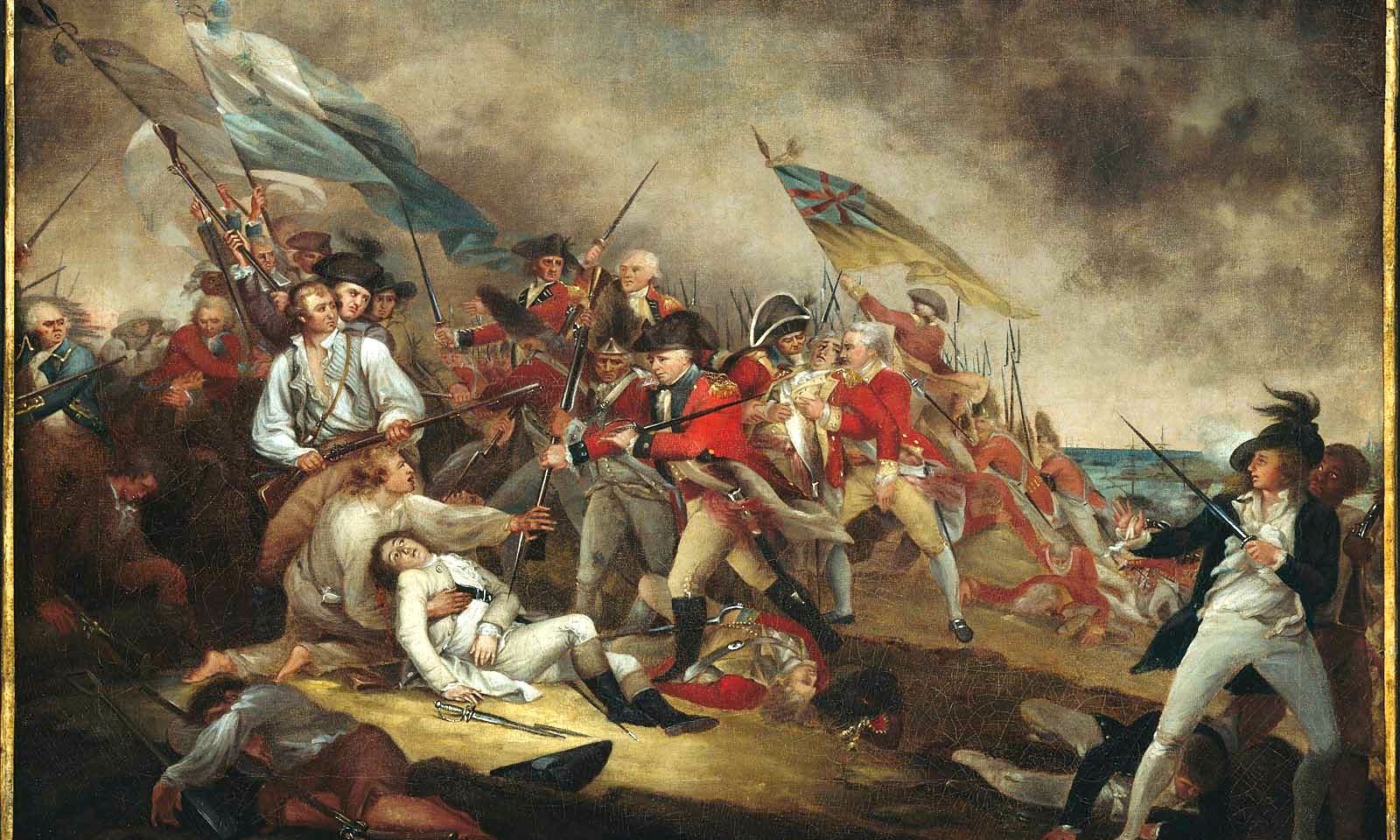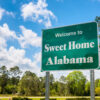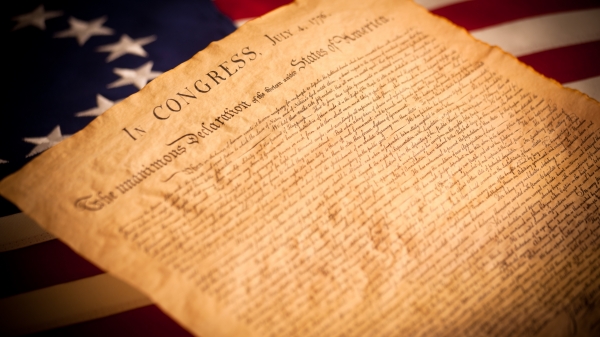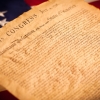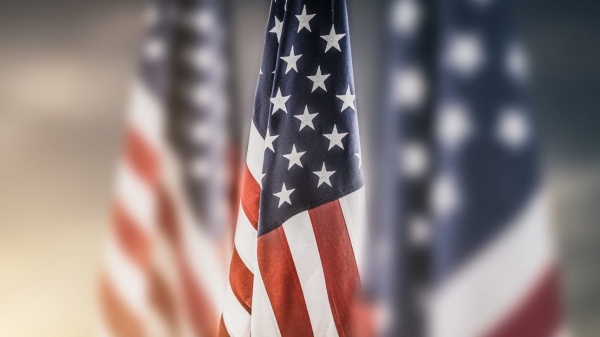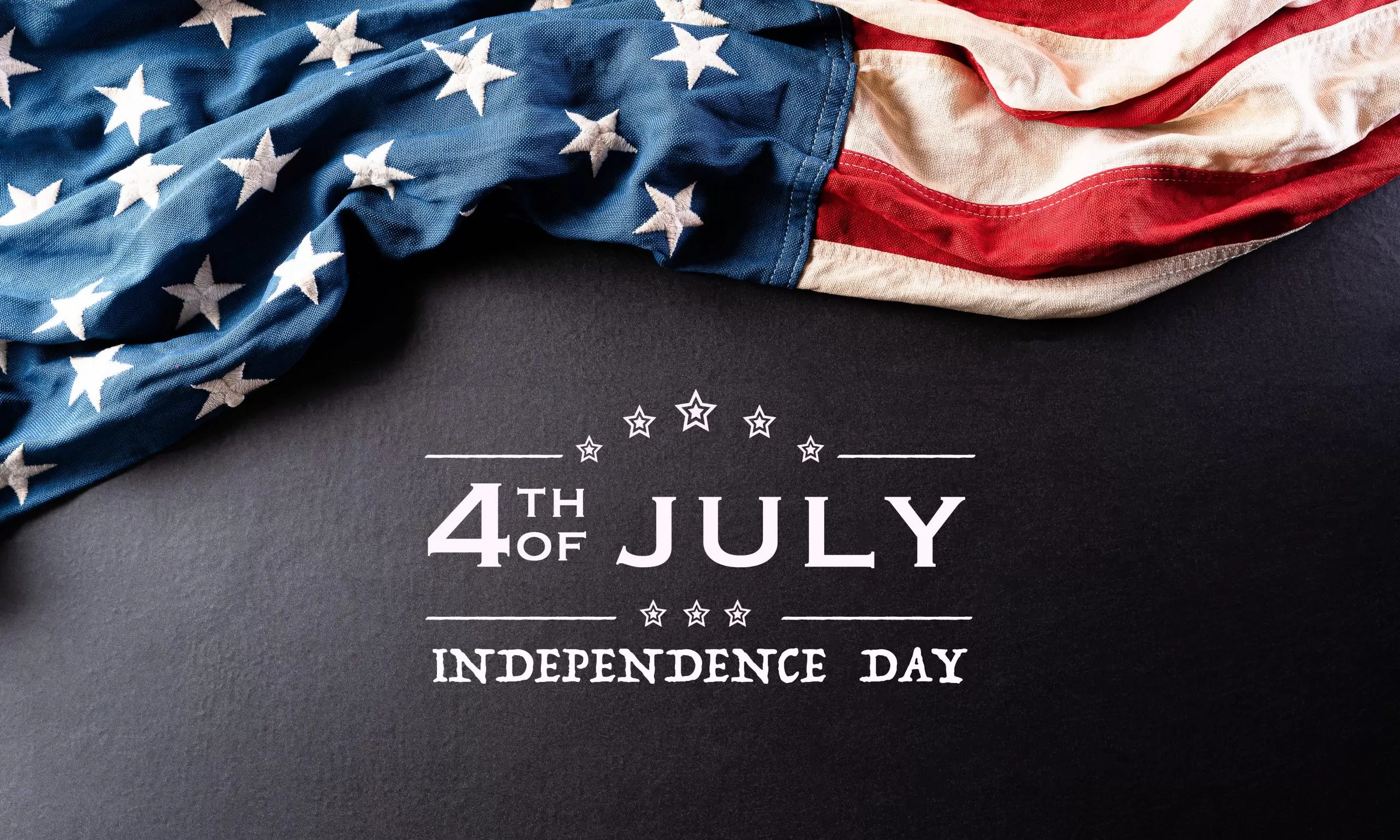The Battle of Bunker Hill was fought on June 17, 1775, during the Siege of Boston in the early stages of the American Revolutionary War.
The Revolution had begun on April 19 that year when British Army forces occupying Boston marched out in the night to seize stockpiles of arms that rural Massachusetts militias were storing. The militia members in Lexington and Concord resisted and open warfare ensued between the British crown and the colonies.
The British retreated to their headquarters in Boston. 15,000 colonial troops under General Artemas Ward began a siege of the port city. Boston was held by British troops under General Thomas Gage. While they were blocked from getting out of the city by land, the British Navy still controlled the sea so the British were able to keep their forces supplied indefinitely as long as they had control of the harbor. The British used their naval superiority to grow their Boston forces to 6,000 troops. Generals Henry Clinton, William Howe, John Burgoyne, and Sir Robert Pigot joined Gage in Boston and began preparing plans for a British break out.
The Americans under Henry Knox began moving artillery from Fort Ticonderoga to the Boston theater. Fortified artillery from the hills overlooking the city would make British use of the harbor difficult and their continued occupation of the city almost impossible.
On June 13, 1775, the leaders of the colonial forces learned that the British were planning to seize the hills surrounding the city as part of their planned breakout campaign. This would give the British firm control of Boston Harbor.
To prevent this from happening, Ward ordered Colonel William Prescott to seize Charlestown Peninsula and begin building fortifications on Bunker Hill with a force of about 1,200 colonial troops before the British did. Once in place, the colonials began hastily building fortifications including a redoubt on Breed’s Hill.
On dawn of the 17th, the British warship HMS Lively opened fire on the Americans constructing the fortifications on Breed’s Hill. When Gage became aware of what was happening, he ordered all 128 British guns in the harbor and his battery on Copp’s Hill to begin shelling the colonials.
General Clinton wanted to encircle the Americans and starve them out; but he was out voted by the other British generals, including General Howe, who was his senior officer. They wanted a direct assault on the American position on the Charlestown Peninsula across the harbor from the city of Boston.
Howe would lead the assault himself. 1,500 British troops were ferried across the harbor in longboats to the eastern corner of the Peninsula (Moulton’s Point). Once there, rather than attacking, Howe asked for more troops. His forces began eating lunch waiting for those re-enforcements, which took another hour. Seeing the British landings, Prescott sent for his own re-enforcements and worked improving his position.
As Howe’s forces advanced, they were fired on by snipers from Charlestown village. Howe asked the navy to help with the snipers; so they landed Royal Marines who torched the town. Even after torching the town, snipers continued to harass the British advance. Howe attacked the American left while Brigadier General Robert Pigot led a feint at the Colonial redoubt. The sizable British force was met be devastating musket fire from the now prepared lines of American militia. The militia’s lines held and the British were forced to fall back taking dreadful casualties. Because they were on a peninsula, the British wounded had to be ferried by longboat back to Boston. Undaunted, the British reformed their line and launched a second more determined assault. This also failed under the withering American musket fire.
Colonial Major General Israel Putnam tried to get companies to move from Bunker Hill to the heavy fighting on Breed’s Hill with limited success. Determined not to give up, Howe asked for re-enforcements. General Clinton came with 400 fresh troops. Howe launched a direct assault on the American redoubt rather than trying to flank the position. The third British assault on the Breed’s Hill position also suffered from intense American musket fire, until the American defenders ran out of ammunition. The battle then turned into close quarters combat. Almost all the British troops had bayonets on their muskets, while few of the Americans did. Colonel Prescott was one of the last American defenders to retreat from the redoubt on Breed’s Hill. He had to resort to parrying thrusts from British bayonets with his sabre. Putnam tried to reform the American line on Bunker Hill, but once the American militias began retreating it was impossible to reverse that tide. Most American casualties were in the retreat. Five of the six American cannons were abandoned. The colonists retreated to Cambridge over Bunker Hill.
The British won the day and took the position, but at a very heavy cost. 226 British troops were dead and 828 were wounded, many of these were officers. It was the costliest single day of the entire war for the British forces.
General Clinton wrote in his diary afterwards, “A few more such victories would have shortly put an end to British dominion in America.”
The British officer corps in North America was decimated. General Gage wrote in his report 1 lieutenant colonel killed; 2 majors killed, 3 wounded; 7 captains killed, 27 wounded; 9 lieutenants killed, 32 wounded; 15 sergeants killed, 42 wounded; and 1 drummer killed, 12 wounded.
American losses included General Joseph Warren and Major Andrew McClary. Warren was President of the Massachusetts Provincial Congress. His appointment as Major General had not yet gone through so he died at Bunker Hill as a volunteer private. McClary was killed by a shell leaving the neck of the Peninsula. He was the last person killed in the battle. 140 American died and approximately 410 were wounded.
One British officer wrote after the battle, “We have … learned one melancholy truth, which is, that the Americans, if they were equally well commanded, are full as good soldiers as ours.”
Clinton advised pursuing the colonials to Cambridge. Howe, whose general staff had been just about annihilated in the fighting, declined that suggestion.
The carnage at Bunker and Breed Hills shocked the British military.
Three days after receiving General Gage’s report in London, he was removed from his command and was eventually replaced by General Howe. The British leadership did however accept his recommendation that the British needed to hire large numbers of foreign mercenaries, particularly Hessians to increase their numbers. Following the battle of Bunker Hill, British commanders hesitant to use frontal assaults against fortified American lines and generally allowed American armies to retreat without pressing.
Several American officers were court martialed and cashiered for refusing to move from Bunker Hill to Breed’s Hill as ordered by General Putnam. Prescott believed that he could have repulsed the third assault if his forces in the redoubt been reinforced with more men, or ammunition.
13 months later the American Continental Congress signed the Declaration of Independence from Britain.
On the 50th Anniversary of the battle, the corner stone for the Bunker Hill Monument was laid by the Marquis de Lafayette. Daniel Webster delivered the address. The Monument was erected on Breed’s Hill. It is an obelisk that stands 221 feet. Lafayette was buried in Picpus Cemetery in Paris under soil from Bunker Hill.
The National Park Service operates a museum dedicated to the battle near the monument, which is part of the Boston National Historical Park.
(Wikipedia was referenced in the writing of this article.)
















